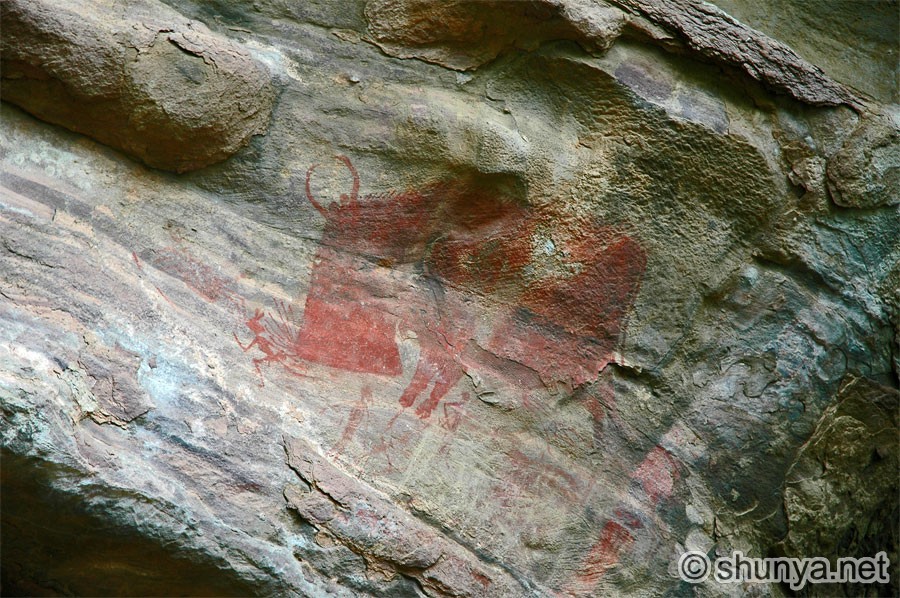You certainly wouldn't want to drink the local water at Bhopal. You might recognise the name (perhaps subconsciously) as being the site of he world's worst industrial disaster. On the night of the 2nd-3rd of December 1984 a pesticide manufacturing plant owned by Union Carbide, handily located close to the centre of town, leaked 40 tonnes of highly toxic Methyl Isocyanate gas onto he sleeping populace. The heavier-than-air gas rolled through the streets killing thousands upon thousands of unsuspecting civilians in the most horrific manner. Some 10-15 thousand died immediately or in the few days afterwards and a further 15-20 thousand or so have died since (just for comparison only 4 thousand people died, throughout Europe, due to the Chernobyl disaster) and hundreds of thousands have been left with permanent damage that is sometimes also passed onto their children. A horrific human tragedy whose memory, I feel, has been sullied by the actions of those responsible. Not only has the toxic waste not been properly cleared up yet, over 25 years later! but Union Carbide (and Dow Chemical who later bought them) continue to wash their hands of blame and responsibility despite mountains of evidence to the contrary (to see their attempts at explaining the manslaughter of thousands of innocents check out their website). They very quickly agreed to an out of court settlement with the Indian government for less than $500 million and decided that that absolved them of everything. Quite a sum one might say, but if one considers that Libya was forced to fork out $2.2 billion for the deaths of 270 people caused by he Lockerbie bombing it equates to Western lives being worth more than 100 Indian ones. OK, a bit simplistic perhaps, but it does seem to me, from reading the news and such, that that is the general modus operandi of the West.
Despite this rather sorry recent history, the past of Bhopal and its surroundings is far greater. The first traces of human culture in the Subcontinent can be found at the rock shelters of Bhimbetka (which, incidentally, sounds like the word for "little bimbo" in Czech (I have noticed that of late I'm choosing my destinations based, at least partly, on my liking of the name)). They may not be great works of art, but the setting is stunning and you can see that even back in the Stone Age people had a sense of humour as one picture of a giant water buffalo chasing a poor stick figure ably demonstrates.
Despite this rather sorry recent history, the past of Bhopal and its surroundings is far greater. The first traces of human culture in the Subcontinent can be found at the rock shelters of Bhimbetka (which, incidentally, sounds like the word for "little bimbo" in Czech (I have noticed that of late I'm choosing my destinations based, at least partly, on my liking of the name)). They may not be great works of art, but the setting is stunning and you can see that even back in the Stone Age people had a sense of humour as one picture of a giant water buffalo chasing a poor stick figure ably demonstrates.

Equally close to town are the remains of one of the first Buddhist monasteries ever built, at Sanchi, on a low hill overlooking a peacefully empty valley. The carvings and statues, despite being over 2,000 years old, are magnificently lifelike and full of grace. Among them is the 4-lion capitol that has become the emblem of India and is found on all their coins and banknotes.
No comments:
Post a Comment